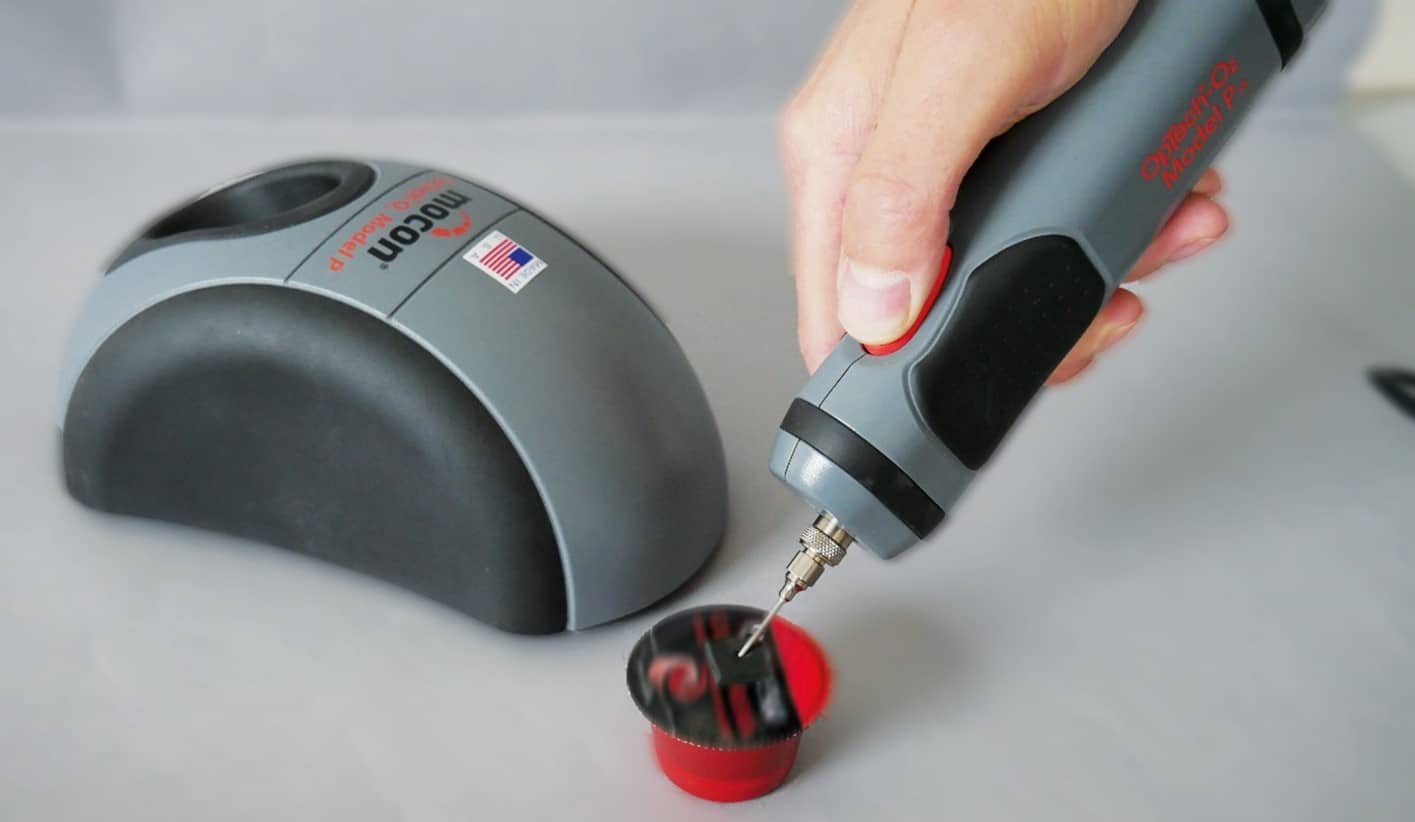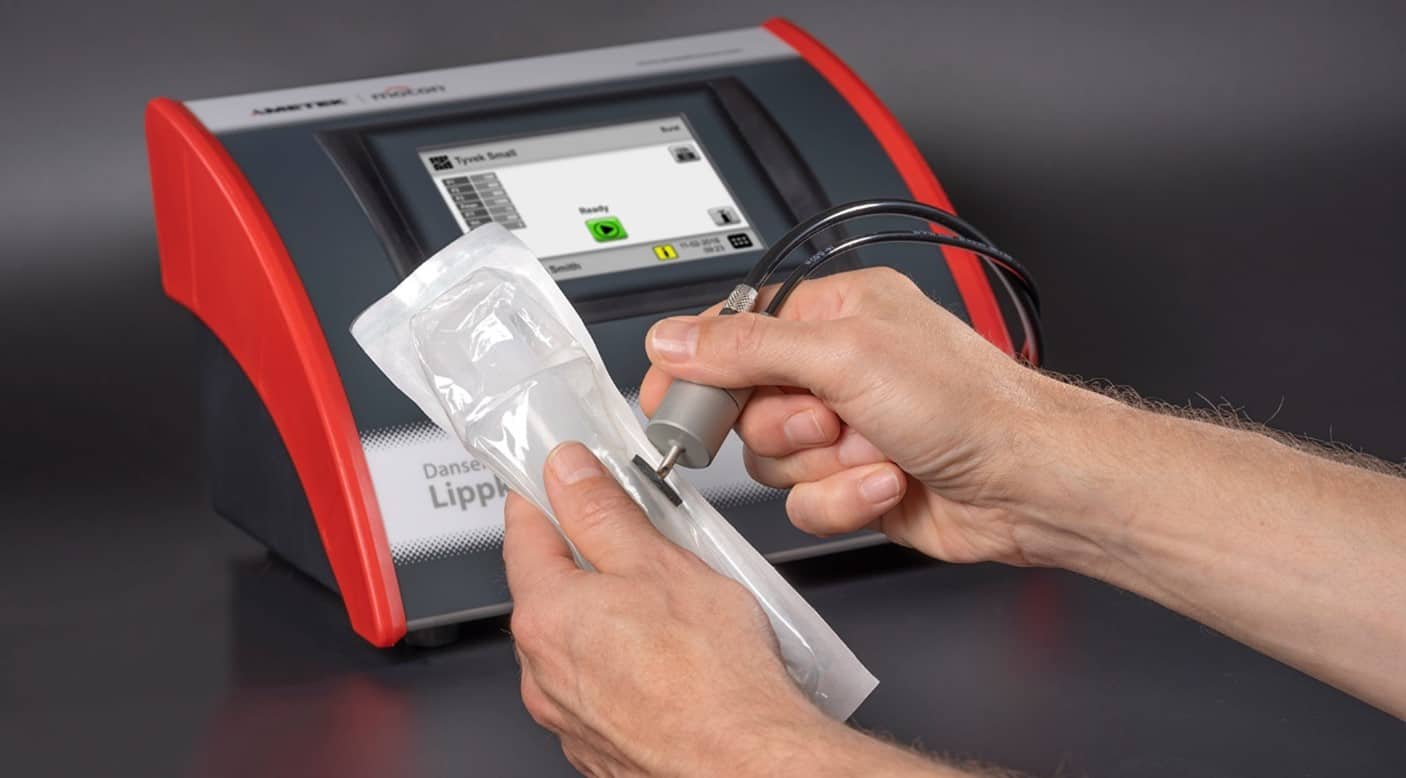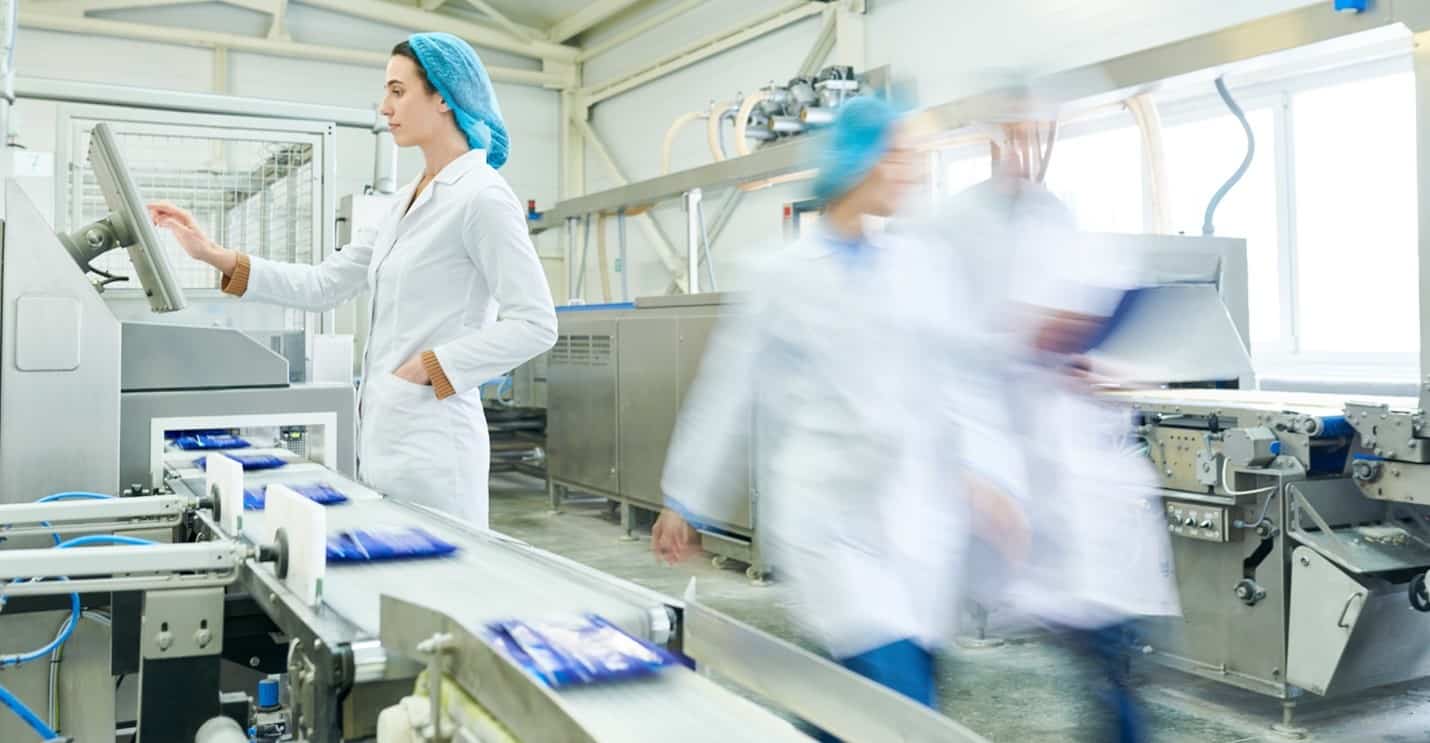Despite facing a barrage of choices down every aisle, a trip to the supermarket is no harrowing journey for the modern consumer. Compared to the grand tapestry of human history, we are in the favorable position of being spoiled for choice rather than risking the purchase of spoiled food or beverages. The globalization of the supermarket – where “in season” has become a moot term – is a result of the drastic increase in product shelf life through the technological leaps-and-bounds of packaging.
So, what is shelf life? Shelf life is the recommended maximum time that a product can be stored while remaining fit for use, consumption, or sale. This assumes proper conditions are maintained and is determined through the degradation mechanisms specifically applicable to the product. Factors like moisture, light, or transmission of gasses are considered as parameters during the modeling process. For food and beverage producers and packaging companies, ensuring a long and stable shelf life is a necessity to remaining competitive within their markets.
Packaging is deceptively complex, despite the often unassuming, and quickly discarded, form factors used to ensure the integrity of food and beverage products. The simplicity of packaging disguises the extensive research and care taken to the optimization and elongation of a packaged product’s shelf life.
For products like red meat, seafood, pasta, cheese, and baked goods, modified atmosphere packaging (MAP) has been the unseen, but not unsung, hero in extending product shelf life and helping suppliers to reduce food waste. MAP technology functions by modifying the gas surrounding a packaged good with a blend of oxygen, carbon dioxide, or nitrogen whose composition is specifically controlled to meet the needs of each product. However, despite the effectiveness of MAP, package integrity remains key to ensuring that the materials used are high-quality and effectively meet applicable standards.

A principal concern driving a keen focus on shelf life and the freshness of food and beverage products is food safety. While there may be additional selling points for packaging that emphasize environmental considerations or ergonomic design, the continuance of a product – or perhaps an entire brand – is contingent on the proven and repeatable testing done on packaging.

With a range of different package types, packaging materials, and MAP gas mixtures, package testing is an integrative process that utilizes a variety of test types and instruments to identify properties that prove the efficacy of each element of the product. The ability to isolate and remediate potential flaws is integral to retaining a competitive edge through quality and assurance of product safety.
AMETEK MOCON is an industry leader in package testing instruments, including permeation analyzers, headspace gas analyzers, leak detectors, and on-line MAP gas analyzers and gas mixers. Our commitment to package testing takes us from QC at your lab to the packaging line where our analyzers actively assist with the QA of each product leaving your facility. We are committed to always providing the accurate and repeatable results that keep your business moving forward.
Interested in learning more about how AMETEK MOCON can help prolong your product’s shelf life?A recent case study featuring Athens-based poultry processor Hellenic Quality Foods describes their experience using Dansensor’s MAP Mix Provectus and MAP Check 3 to extend shelf life and secure 100% product quality assurance.
Packaging 360 is a comprehensive knowledge sharing ecosystem for the Indian packaging industry. Our services include an online content platform to deliver news, insights and case studies; organising conferences seminars and customised training; Providing Bespoke Project Consulting, Market Research and Intelligence.







